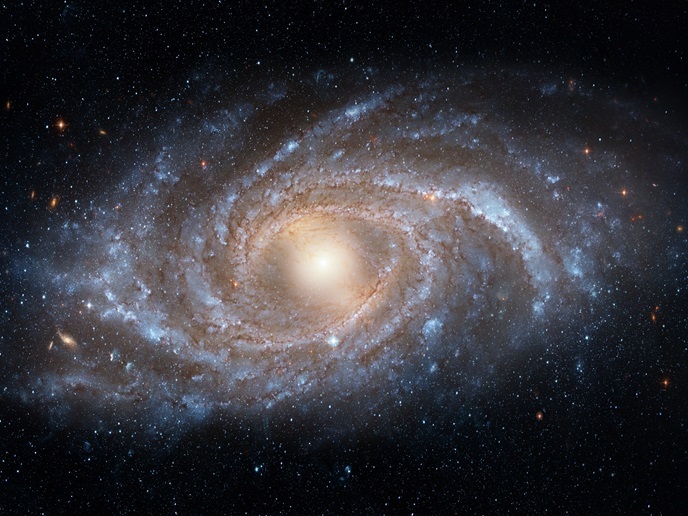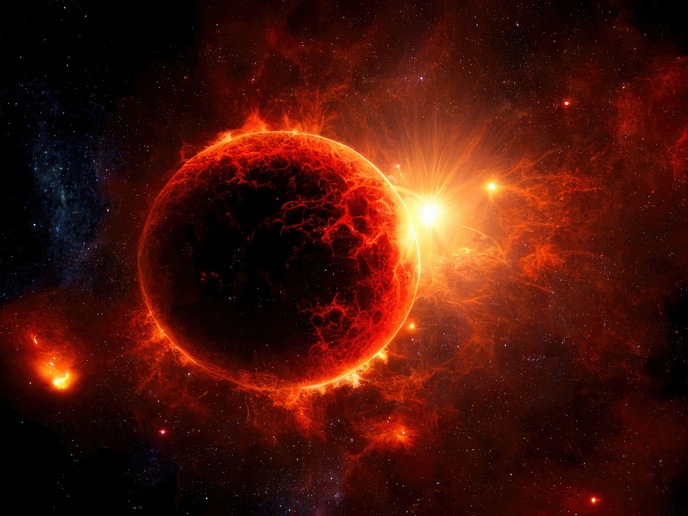Birth of the giants – how massive stars have formed and sculpted our universe
Despite significant progress, the birth of massive stars remains shrouded in mystery. How do these cosmic engines form from interstellar gas clouds and what physical processes limit just how massive they can become? Their intricate connection to star cluster formation and the impact of vastly different galactic environments introduces additional layers of complexity. Furthermore, could the first stars in the universe have been the seeds of supermassive black holes? With recent advances in computational methods and observational tools, researchers are now well-positioned to make significant progress in addressing these questions. The EU-funded MSTAR(opens in new window) project sought to establish a general theoretical framework for understanding massive star and star cluster formation, especially examining how these processes vary in different cosmic conditions. “Given the complexity of star formation – an interplay of nonlinear dynamics and diverse physical and chemical processes operating over vast spatial and temporal scales – any theoretical insights need to be thoroughly tested through observations,” notes project coordinator Jonathan Tan. To achieve this, the researchers have undertaken state-of-the-art observational programmes across wavelengths ranging from radio to X-ray, including leveraging the latest facilities such as the James Webb Space Telescope.
Decoding massive star formation through chaotic flows
“Understanding the birth of massive stars is crucial as they shape the physical and chemical evolution of galaxies. They even influence whether future generations of stars can form planets – and potentially life,” highlights Tan. To better understand their formation, the project team developed models based on turbulent core accretion – a framework describing how stars grow within dense, turbulent, magnetised gas cores. These models connect observable features, such as spectral energy distributions, to more fundamental properties such as a star’s mass and accretion rate. This connection proved crucial for interpreting observations and testing whether the turbulent core accretion model holds up.
From the first stars to supermassive black holes
“So far, it has. We have successfully validated TCA model predictions in diverse galactic environments, from the dense galactic centre to the sparse outer rim,” states Tan. “Encouraged by these results, we extended the theory to the early universe, focusing on the first stars – Population III stars. Our findings suggest these stars behaved very differently from local massive stars owing to their interactions with dark matter.” According to Tan, this may have allowed them to grow to supermassive scales – up to 100 000 times the mass of the Sun – providing a plausible explanation for the origins of supermassive black holes found in most large galaxies. The ‘Population III.1’ model predicted that supermassive black holes formed early in the universe with already significant masses, a theory now supported by groundbreaking discoveries from the James Webb Space Telescope.
Early flash that simplifies the universe evolution
A striking prediction of this model is an early phase of cosmic reionisation – a burst of energy that ionised the universe in its first moments. If this happened, it could help explain why scientists currently need unusual ideas for describing how the universe evolved. “For instance, current models require seemingly improbable solutions, such as negative neutrino masses or a dynamically evolving dark energy, to align with observations. But if this early ionisation phase occurred as predicted, these exotic solutions may no longer be necessary,” concludes Tan.







